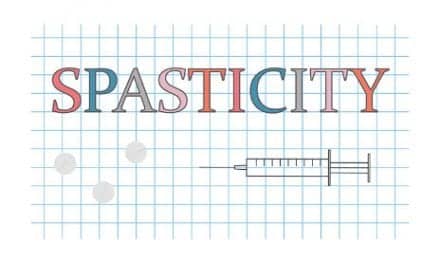Virtual reality-based, real-time feedback could help improve gait abnormalities in people with cerebral palsy, suggests a study published recently in the journal Physical Medicine and Rehabilitation.
“VR allows the patient to experience stimulating environments, providing challenging tasks in controlled, safe settings,” according to the researchers, in Cerebral Palsy News Today.
VR also allows patients to receive multiple forms of feedback (biofeedback) on their tasks, including visual, auditory, and touch feedback.
The study was conducted to investigate the immediate response to avatar-based biofeedback on three important gait parameters: step length, knee extension, and ankle power in 22 children with CP.
In the study, children walked on a treadmill while in a virtual reality environment. After conducting a baseline analysis of gait, they were challenged to improve certain aspects of it.
For purposes of the study, the children visualized themselves as an avatar, which represented movement in real time. They underwent a series of 2-minute trials where they received biofeedback on their step length, knee extension, and ankle power.
Results suggest that participants were able to adapt improved gait patterns as an immediate response to biofeedback. In particular, children were able to reach large increases in ankle power generation at push-off (37.7%), improvements in knee extension (7.4 degrees), and step length (12.7%).
Interestingly, researchers found that biofeedback on one parameter had an indirect influence on other aspects of gait, the release continues.
The team believes that children with cerebral palsy have the capacity to improve clinically important aspects of gait using an avatar-based virtual reality system.
However, they add that “[future] studies are required to investigate if observed transient effects of biofeedback can be retained with prolonged training to test whether biofeedback-based gait training may be implemented as a therapy tool.”
[Source: Cerebral Palsy News Today]




